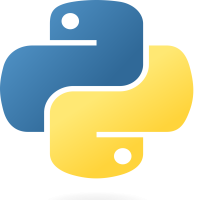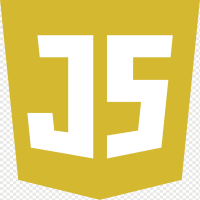
Python - Syntax
25-Mar-2024Python Syntax is the grammar of the language, dictating how we write code for clarity and functionality. It's the rulebook for error-free programming.
Python Syntax : The Code Rulebook
Python syntax is the set of rules that dictate how we structure and write Python code. Similar to grammar in a language, it ensures our instructions make sense to the computer.
Indentation :
In Python, indentation is more than mere formatting—it's a crucial element that defines the structure and execution flow of your code. Unlike other programming languages that use braces to encapsulate blocks of code, Python relies entirely on indentation. Here's why it matters:
Consider this example :
if 7>3 : print("Seven is greater than Three")
Output :
Seven is greater than Three
If the indentation is skipped, Python will report an error. Example :
if 7>3 : print("Seven is greater than Three")
Output :
File "test.py", line 2 print('Seven is greater than Three') ^ IndentationError: expected an indented block after 'if' statement on line 1


